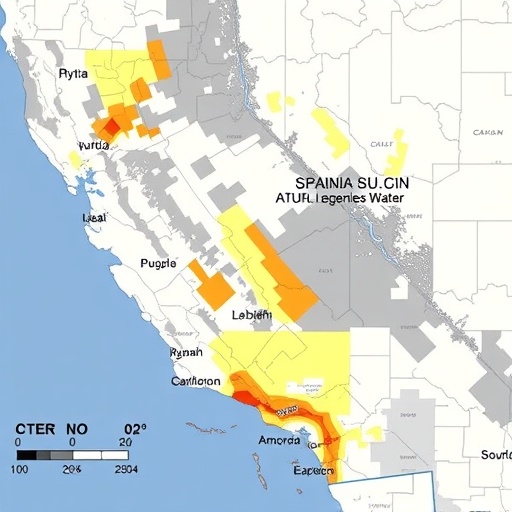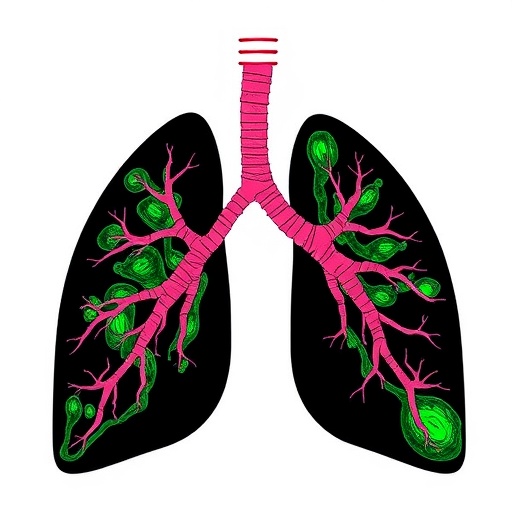An interdisciplinary study released this month in the Proceedings of the National Academy of Sciences of the United States of America combines social and physical science in new ways, seeking to understand how changes in Arctic resource-sharing behaviors could affect highly cooperative communities and the households within.
"It's a unique piece of science in that both process and results are an outcome of collaboration and interdisciplinary science — communities, social scientists and physicists, ethnographic context and network math" says Shauna BurnSilver, assistant professor of environmental anthropology at the Arizona State University School of Human Evolution and Social Change and co-investigator of the study. "Combined, this joint approach yielded ways to think about change more than any discipline alone would have."
Funded by the Bureau of Ocean Energy Management, the study focused on three indigenous Alaskan communities – two Iñupiaq and one Gwich'in Athabascan – whose livelihoods combine subsistence hunting and fishing and the cash economy. These households also depend on networks of social relationships to share food, labor and equipment in the face of high costs and resource variability.
Three researchers — BurnSilver, Professor of Resource Policy and Management Gary Kofinas (University of Alaska Fairbanks), and Natural Resources graduate student James Magdanz (at the time, a resource specialist for the Alaska Department of Fish and Game) — worked in the field to gather data on the flow of food and resources via these community and family partnerships, exchanges, and sharing. They found that between 60-75% of all food flowing between households in these communities occurred based on social relationships rather than households working alone, findings that corroborate cultural narratives of Iñupiaq and Gwich'in as "people who share."
BurnSilver then sent the data to social-ecological systems modeler Jacopo Baggio (previously with ASU's Center for Behavior, Institutions and the Environment, now with Utah State University, Logan) and two European physicists/mathematicians — Alex Arenas and Manlio De Domenico (Rovira i Virgili University, Spain) — who developed new methods for analyzing directed and weighted multiplex networks. A multiplex approach preserves key details on the relative importance of one type of relationship or species within a network, rather than making all ties equivalent.
The resulting model was used to mimic the effects of potential social changes to that network structure versus climatic or ecological shocks that could reduce community connectedness and therefore resource abundance, directly and overall.
"Social and ecological relationships are inherently complex so the ability to use a new methodology based on multiplex networks opens up really exciting perspectives," says De Dominico.
"The integration of high quality social research and the latest methodological advances to analyze multiplex networks is how research boundaries can and will be pushed forward," Baggio adds. "Such integration sheds light on complex issues like interdependencies between social and ecological changes."
Ultimately, the team was able to demonstrate that the loss of individual social relationships, such as sharing, or important households from these communities' social networks, could have even greater impacts on system connectivity than the loss of key animal species.
As BurnSilver explains, the takeaway is meaningful, and not just for the inhabitants of Alaska.
"Economic and climatic changes explored here reflect broader changes occurring globally – in places where social relationships remain the glue that holds people together and define the way that people experience and cope with change," she says.
"Given all the attention to species losses in the Arctic due to climate change, we think this is an intriguing result," adds Magdanz. "People matter, and social relations matter."
###
To access the abstract and a PDF of the full study "Multiplex social ecological network analysis reveals how social changes affect community robustness more than resource depletion," visit: http://www.pnas.org/content/early/2016/11/14/1604401113.abstract.
Researchers and Current/Past Affiliations:
Shauna BurnSilver
School of Human Evolution and Social Change, Arizona State University
Gary Kofinas
School of Natural Resources and Extension and Institute of Arctic Biology, University of Alaska Fairbanks
Jacopo Baggio
Department of Environment and Society, Utah State University, Logan
At Time of Study: ASU's Center for Behavior, Institutions and the Environment
James Magdanz
School of Natural Resources and Extension, University of Alaska Fairbanks
At Time of Study: Alaska Department of Fish and Game
Manlio De Dominico
Computer and Mathematics Engineering Department, Rovira i Virgili University, Spain
Alex Arenas
Computer and Mathematics Engineering Department, Rovira i Virgili University, Spain
Media Contact
Aaron Pugh
[email protected]
480-727-6577
@ASU
http://asunews.asu.edu/
############
Story Source: Materials provided by Scienmag




